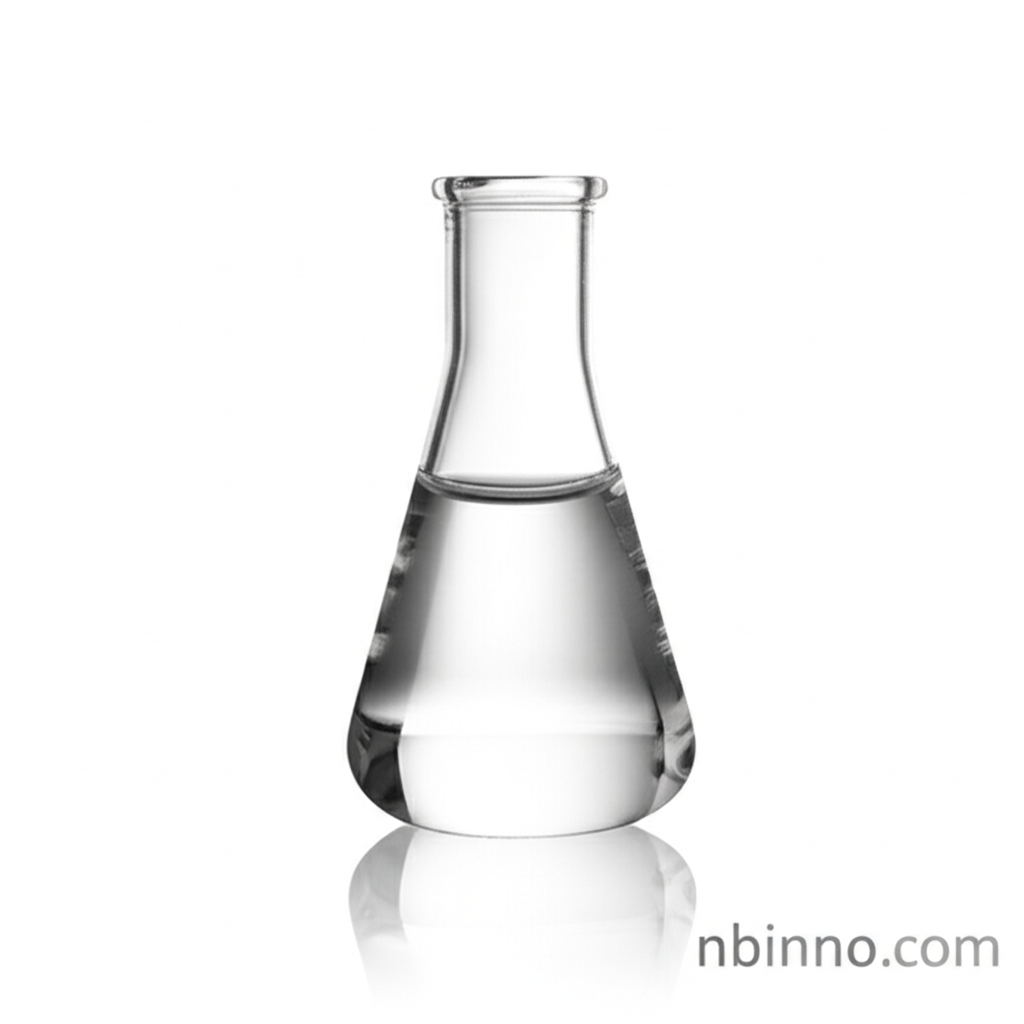Di-n-hexyldichlorosilane (CAS 18204-93-8): A Key to Enhanced Material Performance
Unlock superior material properties with this versatile organosilicon compound, driving innovation in polymer chemistry and surface modification.
Get a Quote & SampleProduct Core Value

Di-n-hexyldichlorosilane
Di-n-hexyldichlorosilane, identified by CAS number 18204-93-8, is a critical organosilicon compound that acts as a potent coupling agent and surface modifier. Its unique structure, featuring a silicon atom bonded to two hexyl groups and two reactive chlorine atoms, facilitates robust chemical bonding between dissimilar materials, particularly inorganic substrates and organic polymers. This interaction is crucial for developing high-performance composite materials and improving the overall compatibility and durability of formulated products.
- The reactive silane coupling agent nature of Di-n-hexyldichlorosilane is pivotal for enhancing compatibility between organic materials and inorganic substrates, a key aspect in advanced polymer modification.
- Understanding the specific properties of Di-n-hexyldichlorosilane applications is vital for material scientists seeking to improve mechanical strength and water repellency in their formulations.
- Its role as a chemical intermediate allows for the synthesis of more complex organosilicon compounds, contributing to innovation in various industrial sectors.
- The hydrophobic nature derived from its hexyl chains makes it an excellent choice for applications requiring water repellency and enhanced resistance to moisture.
Advantages Offered by the Product
Enhanced Material Bonding
Leveraging its function as a silane coupling agent, this compound significantly improves the adhesion and compatibility between inorganic fillers and organic polymer matrices, leading to stronger and more durable composites.
Improved Surface Properties
The compound's ability to act as a surface modifier imparts desirable characteristics such as hydrophobicity, contributing to enhanced water repellency and resistance in treated materials, a key benefit in hydrophobic coatings and treatments.
Versatile Chemical Intermediate
As a chemical intermediate, it is instrumental in the synthesis of a wide array of organosilicon compounds, enabling advancements in advanced polymer modification and tailored material development.
Key Applications
Composite Material Manufacturing
Utilized in the formulation of composites to improve filler dispersion and interfacial adhesion, a core aspect of silane coupling agents in composites.
Surface Treatment
Applied to surfaces to impart hydrophobicity and enhance adhesion for coatings and other surface modifications, a critical element in hydrophobic coatings and treatments.
Polymer Modification
Incorporated into polymer systems to enhance mechanical properties, thermal stability, and overall performance, showcasing its role in advanced polymer modification.
Specialty Chemical Synthesis
Serves as a key building block in the synthesis of more complex organosilicon compounds, supporting innovation within the field of chemical intermediates for industry.
Related Technical Articles & Resources
Why Choose Us?
Leverage our expertise and state-of-the-art infrastructure to accelerate your journey from discovery to commercial success.
Global Experience
With 20 years of R&D, manufacturing, and sales experience, we proudly serve clients across 60 countries and regions worldwide.
Advanced Facilities
Our in-house R&D laboratory, pilot platform, and large-scale production workshop are equipped to meet the audit requirements of global customers.
Seamless Scalability
We facilitate a perfect transition from small-scale lab requirements (grams) to full commercialization (hundreds of tons).
